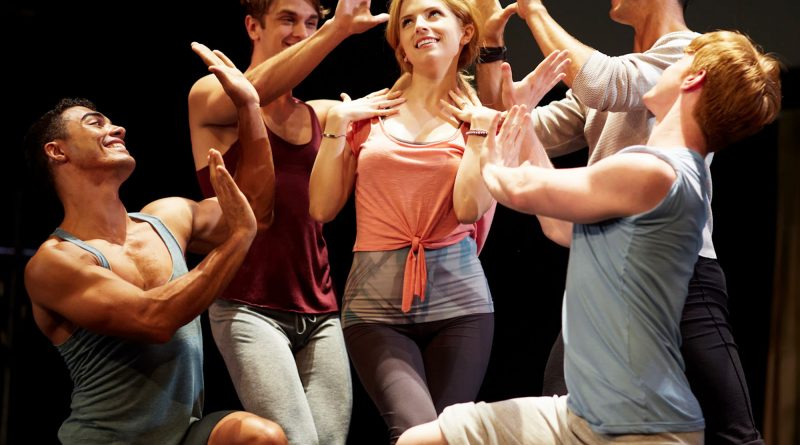The Last Five Years (15) | Close-Up Film Review
Dir. Richard LaGravenese, US, 2015, 94 mins
Cast: Anna Kendrick, Jeremy Jordan
The soundtrack to the original musical can be clocked at around 84 minutes, so when you notice that the running time of this film is 94 minutes it may suggest the extent to which this is more shifting medium than adapting a musical.
In this light, to look at the film is to pose three questions. How good is the original musical? What does the film experience add to something that already happily exists elsewhere? Lastly, what were the filmmakers thinking?
The songs are witty, well-composed and well-performed in both forms. Jason Robert Brown’s musical is probably too witty in fact. The numbers are clever and very entertaining and feature a series of different styles, embracing Jamie’s Jewish background and exaggerating the fact that Cathy is already trying to break musical theatre. However, the storyline falls short.
From the first minute of the opening scene where a washed-out Cathy laments that “Jamie is gone”, the problem isn’t with the music, but that the plot completely sucks. The audience immediately knows the couple will break up, and thanks to the title, we know exactly how long it will take. The narrative arc takes a commendable stab at dipping in and out of the relationship as it develops, cutting backward and forward to show how they are set up for a fall and in an attempt to tease out what makes a couple separate without using a linear downward spiral. Unfortunately, this is irrelevant as knowing the ending creates a linear spiral inevitable anyway. There just isn’t enough bite in the interplay between Jordan and Kendrick’s characters to make why they broke up intriguing.
Anna Kendrick rolls off the back of Into The Woods with a perfectly adequate rendition of Cathy. It could be argued she is made to look ordinary by the short-comings in her characterisation on the page rather than her ability to portray it. Cathy lacks venom when expressing her frustration with Jamie, except for one or two glimpses such as “you can’t spend a single day that’s not about you, you, and nothing but you, novellous marvellous Jew”. Jeremy Jordan however, is perhaps too charismatic for Jamie, who is ostensibly the villain of the piece as the yarn unwinds. Although his part is designed to be surreally charming descending into jerkhood, he is too convincing as ‘loveable Jamie’. Initial incredulity at ‘bad Jamie’ turns to apathy as the denouement – signposted with neon lighting – left a feeling of ‘so what?’. Cathy is not blameless of course, but this is just a string of normal domestic issues. Kendrick and Jordan are exempt from criticism for their performances, but perhaps not for their judgement in accepting this project.
The most engaging part of the story is Jamie and Cathy’s relative success in their chosen artistic pursuits. Jamie is a best-selling novelist almost as soon as they meet, while Cathy struggles to be an actress in New York and must resort to returning with shame to hometown Ohio. Issues are raised in this dynamic that merit some fresh discussion, in contrast to their romantic storyline. How do you live with someone massively more successful than yourself? How does the successful person support the one struggling without being condescending? How does that affect how a couple cohabit? If only this was more of a focus.
It is a little confusing as to why this project happened. It is 90 minutes of singing, not necessarily a problem in itself, but the cinematic setting added very little. There were a few moments of self-realisation of the two elements being blended together. Jamie joins an impromptu dance in the street on the way to his publishers, where incidental office workers join in a stagey synchronised choreographed section. The only other similar moment was at a party where the music was being played by the house classical band on set. Other than that it was just a film where no one seemed to notice that this couple were always singing in public. The nature of the story dictates that either one of the couple is singing a solo, to which the other must look at them from the fore- or background with a series of ‘sad’, ‘angry’ or merely ‘waiting’ looks on their faces’. It was awkward and drew attention to the fact it was poorly adapted.
The film is more a testament to a good musical that might be otherwise be little known, than a classic adaptation from the stage that will live long for its screen merit. Chicago and Les Miserables are going to be untroubled by The Last Five Years. The dream sequences of the first, with scenes actually on a stage and the epic scale of the second made them entities unto themselves. With The Last Five Years, stick to the soundtrack. It’s really very good.
Review by George Meixner
[SRA value=”2″ type=”YN”]




